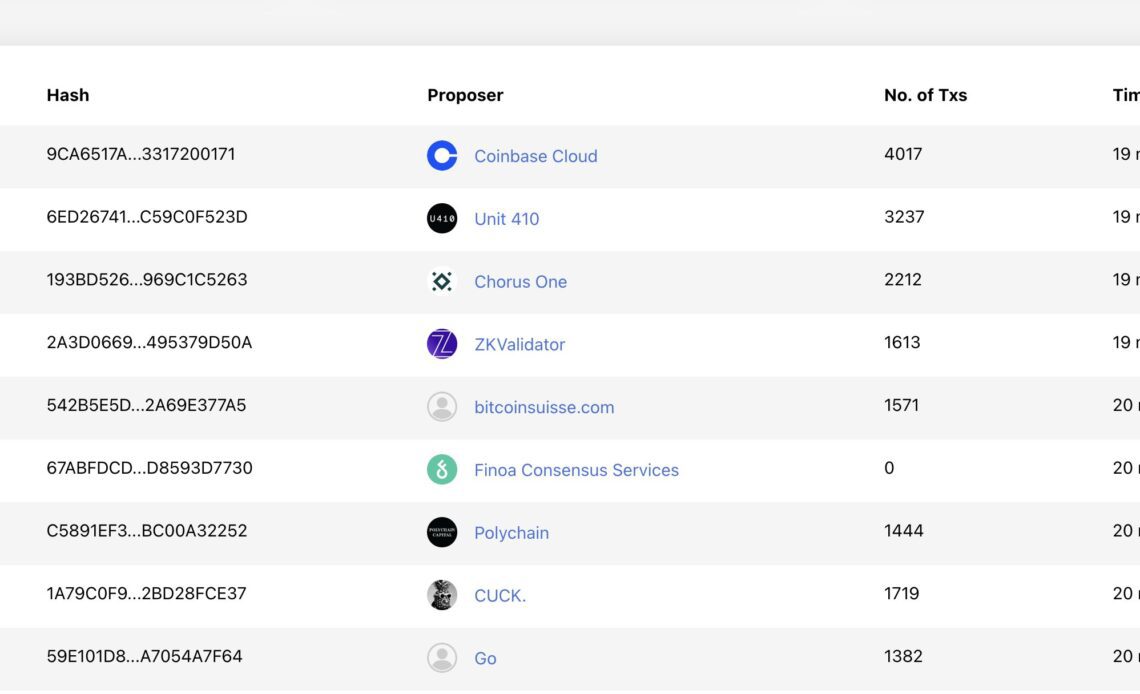The latest degen “gold rush” to inscribe everything from profile pictures to memecoins has led to at least half a dozen blockchain networks cracking under pressure over the past week.
The last few days have seen Arbirtrum, Avalanche, Cronos, zkSync, and TON all suffering partial or full outages recently due to inscriptions, with modular data availability network Celestia the latest to succumb, according to industry researchers who posted a screenshot of its block explorer on Dec. 18.
Videos have also been posted of mass minting on the Celestia network.
“The team is actively investigating, but we can confirm that a sustained surge of inscriptions triggered the sequencer to stop relaying transactions properly,” Arbitrum confirmed on Dec. 16 amid a 78-minute outage.
Meanwhile, Cronos developer Ken Timsit reported that the team implemented a network update to activate dynamic transaction fees that change with transaction volume.
“The chain can now more effectively withstand traffic spikes like the one that took place this week, which was caused by high demand for inscriptions,” he said.
What is driving the gold rush?
Like Bitcoin Ordinals, which allows data such as text, images, and videos to be inscribed directly on-chain — people have now realized they can do the same thing on Ethereum and other EVM-based chains by inscribing data on transaction calldata.
Crypto developer Shardul Mahadik explained:
“Bitcoin inscriptions are equivalent to writing on the smallest denomination of a currency bill (UTXO model). EVM inscriptions are the equivalent of the notes are remarks field on a payment app. Where you make a 0 transaction to yourself and write data in the notes field. (acc model)”
Over the last few days, most of these have been BRC-20-type tokens, themed after various collections such as Bitcoin Frogs and various new token tickers such as BMBI, BEEG, and GROK according to ordinals tracker Ord.io.
Crypto researcher “cygaar” postulated that users are sending token mint and transfer transactions to themselves with call data because operations are cheap.
They are being heavily used in an attempt to replicate ERC-20 successes on other chains, but much of the activity is the same users spamming small mints repeatedly due to the lower cost of minting compared to smart contract interactions.
Inscriptions have taken down multiple chains and caused huge gas spikes over the last couple of…
Click Here to Read the Full Original Article at Cointelegraph.com News…
